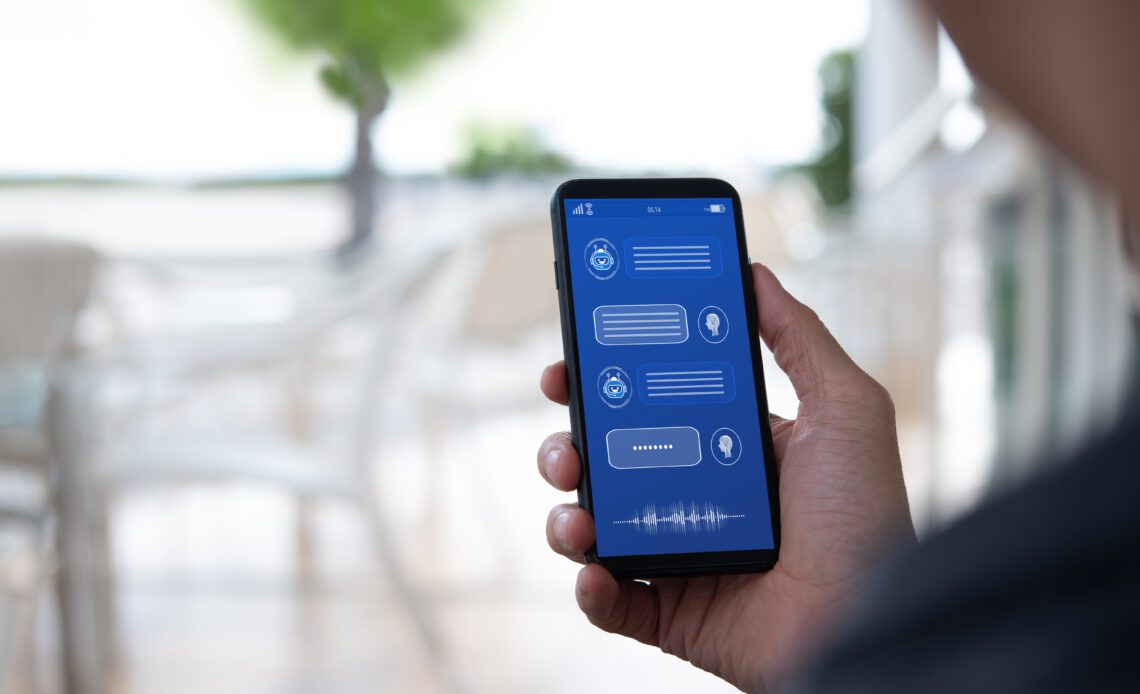More than half a decade after Microsoft’s truly monumental Taye debacle, the incident still stands as stark reminder of how quickly an AI can be corrupted after exposure to the internet’s potent toxicity and a warning against building bots without sufficiently robust behavioral tethers. On Wednesday, Meta’s AI Research division will see if its latest iteration of Blenderbot AI can stand up to the horrors of the interwebs with the public demo release of its 175 billion-parameter Blenderbot 3.
A major obstacle currently facing chatbot technology (as well as the natural language processing algorithms that drive them) is one of sourcing. Traditionally, chatbots are trained in highly-curated environments — because otherwise you invariably get a Taye — but that winds up limiting the subjects that it can discuss to those specific ones available in the lab. Conversely, you can have the chatbot pull information from the internet to have access to a broad swath of subjects but could, and probably will, go full Nazi at some point.
“Researchers can’t possibly predict or simulate every conversational scenario in research settings alone,” Meta CEO Mark Zuckerberg wrote in a Wednesday blog post. “The AI field is still far from truly intelligent AI systems that can understand, engage, and chat with us like other humans can. In order to build models that are more adaptable to real-world environments, chatbots need to learn from a diverse, wide-ranging perspective with people ‘in the wild.'”
Meta has been working to address the issue since it first introduced the BlenderBot 1 chat app in 2020. Initially little more than an open-source NLP experiment, by the following year, BlenderBot 2 had learned both to remember information it had discussed in previous conversations and how to search the internet for additional details on a given subject. BlenderBot 3 takes those capabilities a step further by not just evaluating the data it pulls from the web but also the people it speaks with.
When a user logs an unsatisfactory response from the system— currently hovering around 0.16 percent of all training responses — Meta works the feedback from the user back into the model to avoid it repeating the mistake. The system also employs the Director algorithm which first generates a response using training data, then runs the response through a classifier to check if it fits within a user feedback-defined scale of right and wrong.
“To generate a sentence, the…

